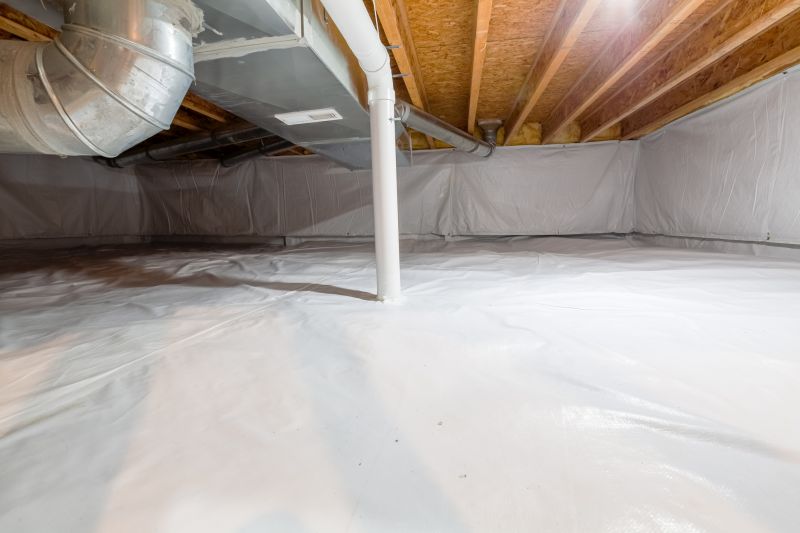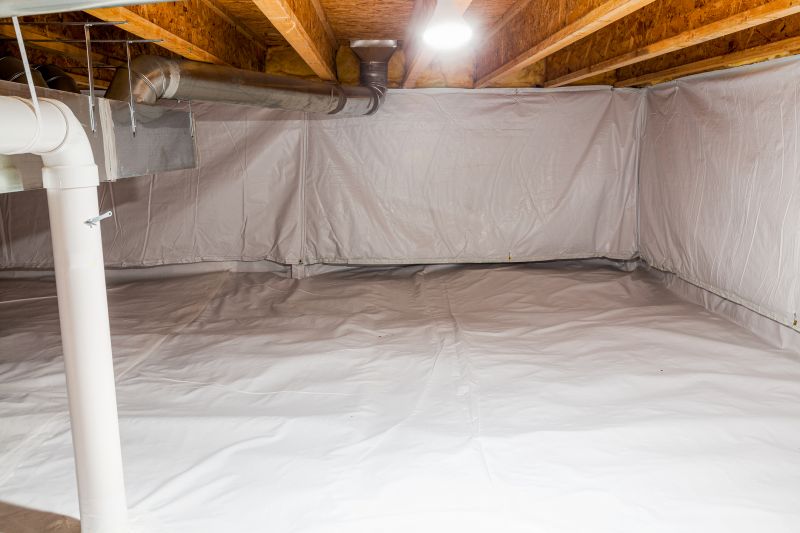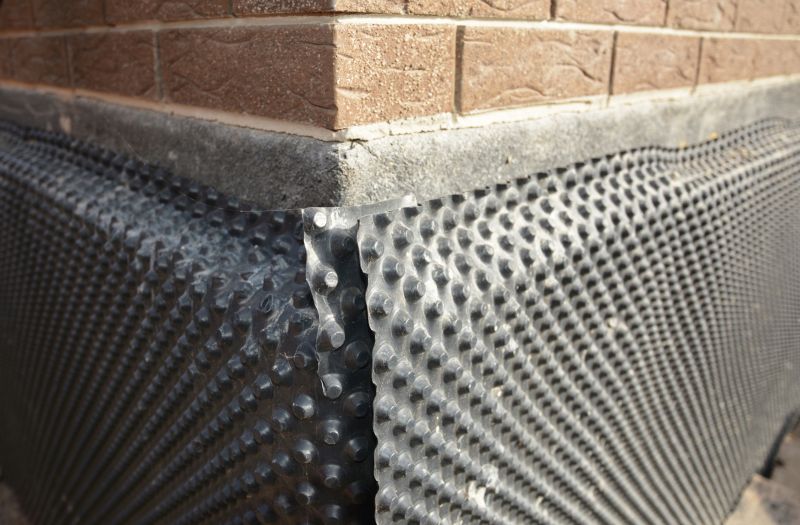Professional Crawlspace Barrier Installation
Crawlspace encapsulation involves sealing and insulating the crawlspace to prevent moisture intrusion, improve air quality, and enhance home energy efficiency. Proper encapsulation can significantly reduce the risk of mold growth, wood rot, and pest infestations, contributing to a healthier living environment.
Encapsulation effectively prevents moisture buildup, which can lead to mold and structural damage if left unaddressed.
Sealing the crawlspace helps maintain consistent indoor temperatures, reducing energy costs and improving comfort.
Reducing mold and dust mites in the crawlspace can improve indoor air quality and reduce allergy symptoms.
Encapsulation creates a barrier that deters pests and rodents from entering the home through the crawlspace.

A fully sealed and insulated crawlspace showing the professional encapsulation process.

Close-up of a sealed crawlspace floor with vapor barrier and insulation installed.

Completed wall sealing with vapor barrier and insulation in place.

Installation of vent covers to prevent moisture and pests from entering.
Neglecting crawlspace encapsulation can lead to serious issues such as increased energy bills, mold growth, wood rot, and pest problems. Unsealed crawlspaces allow moisture to enter, which can cause structural damage and deteriorate indoor air quality. Studies indicate that properly encapsulated crawlspaces can reduce energy costs by up to 15 percent and decrease mold-related health issues.
| Risks of Not Encapsulating | Benefits of Encapsulation |
|---|---|
| Increased moisture and mold growth | Moisture control and mold prevention |
| Higher energy bills | Enhanced energy efficiency |
| Structural damage from wood rot | Protection of structural components |
| Pest infestations | Pest deterrence and exclusion |
| Poor indoor air quality | Improved air quality and health |
| Potential for wood decay | Extended lifespan of crawlspace components |
| Increased risk of allergens | Reduced allergens and dust mites |




